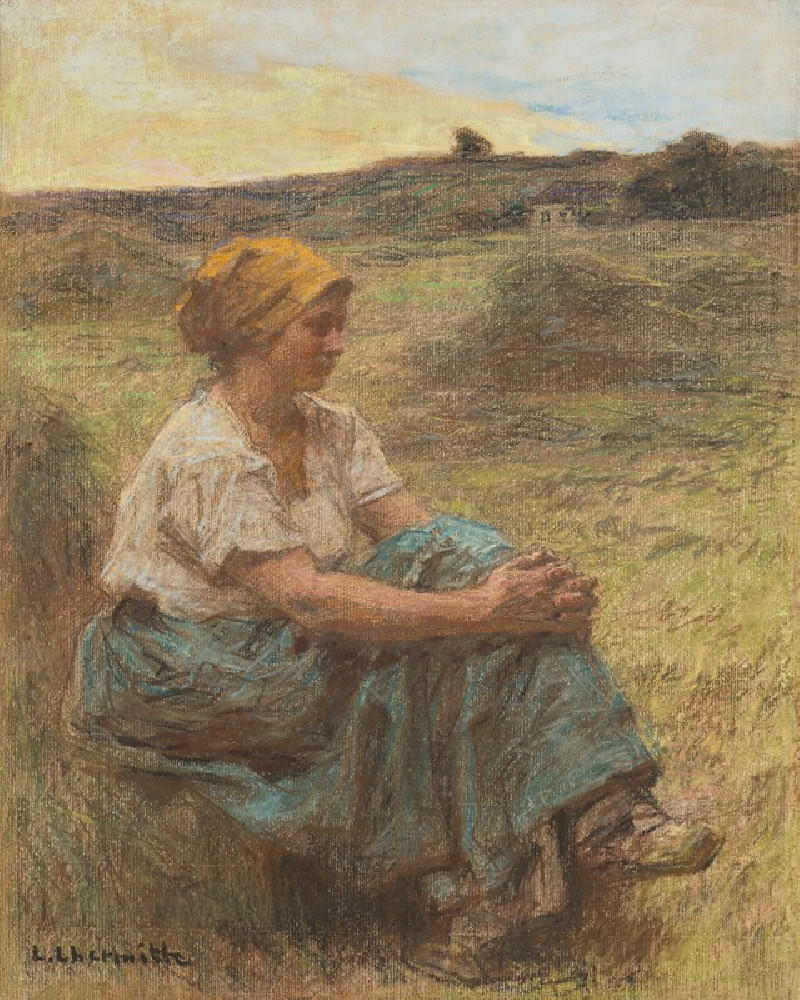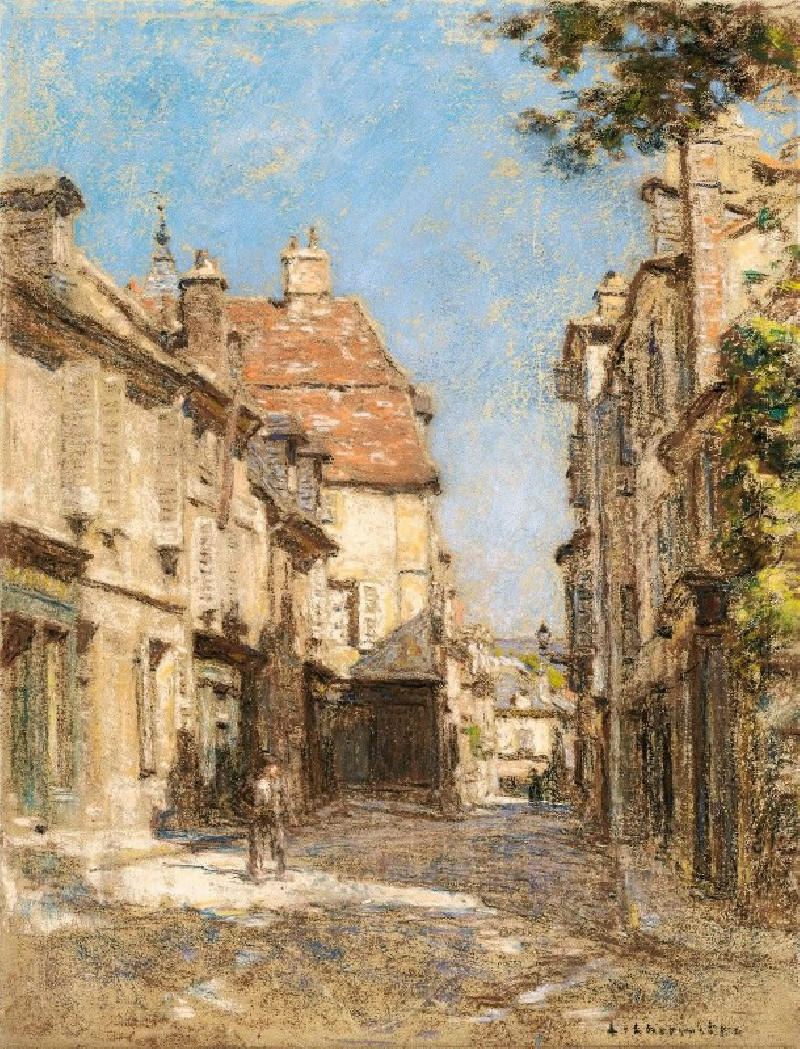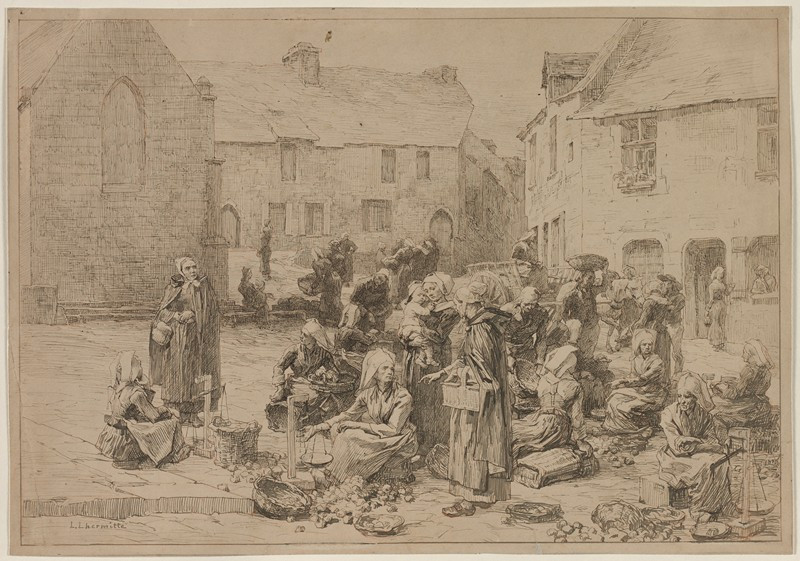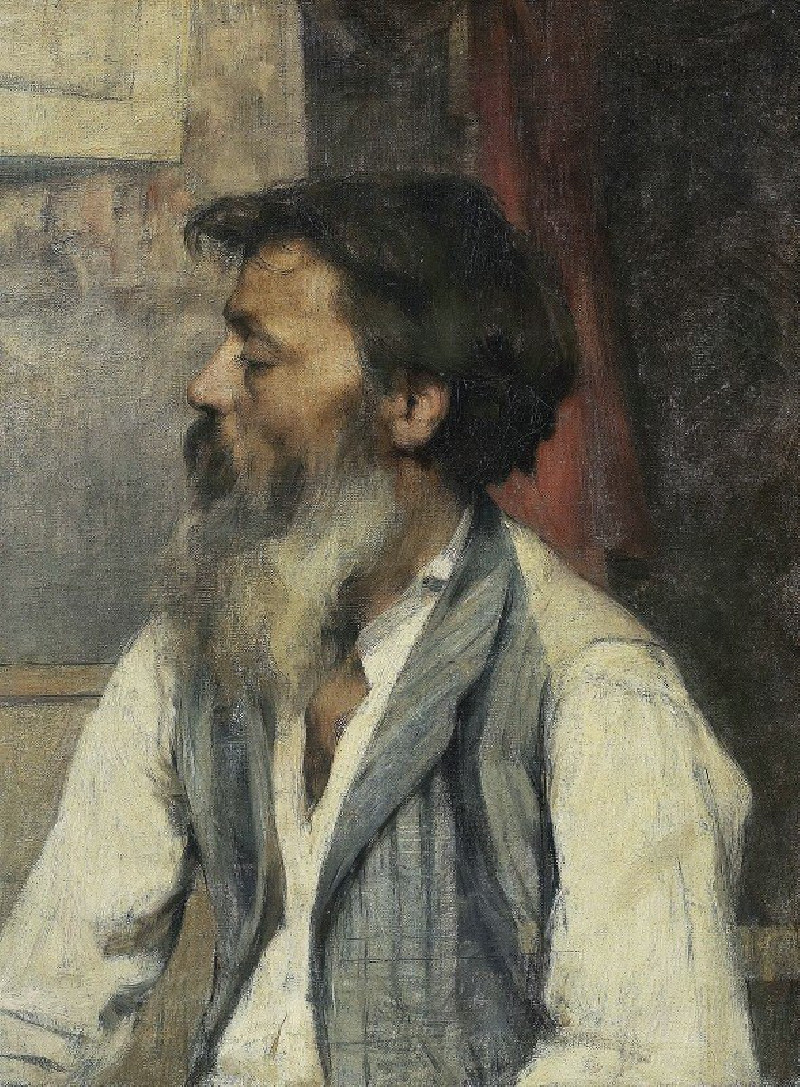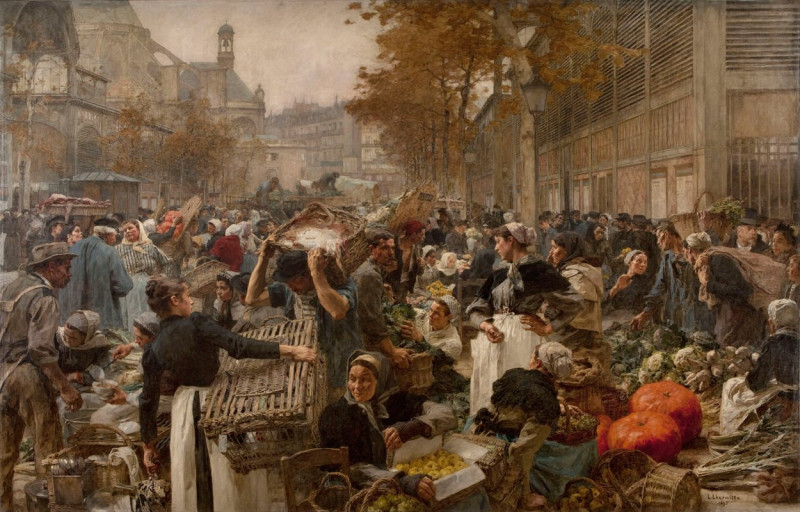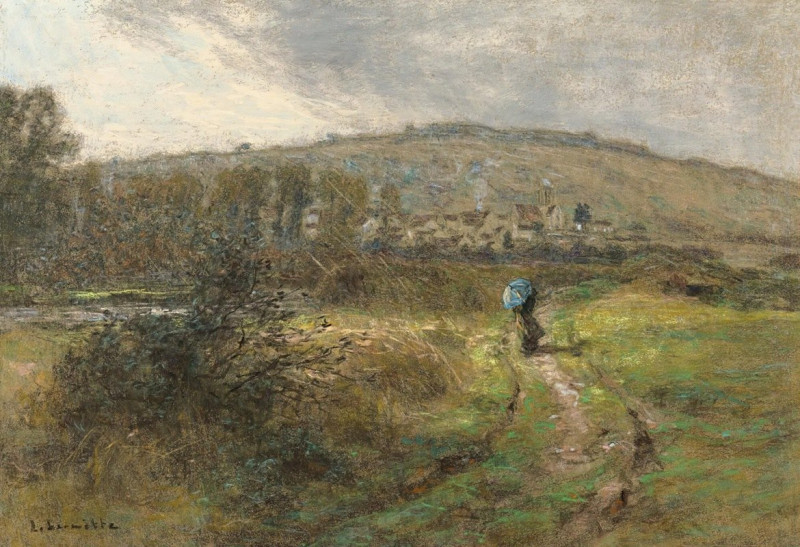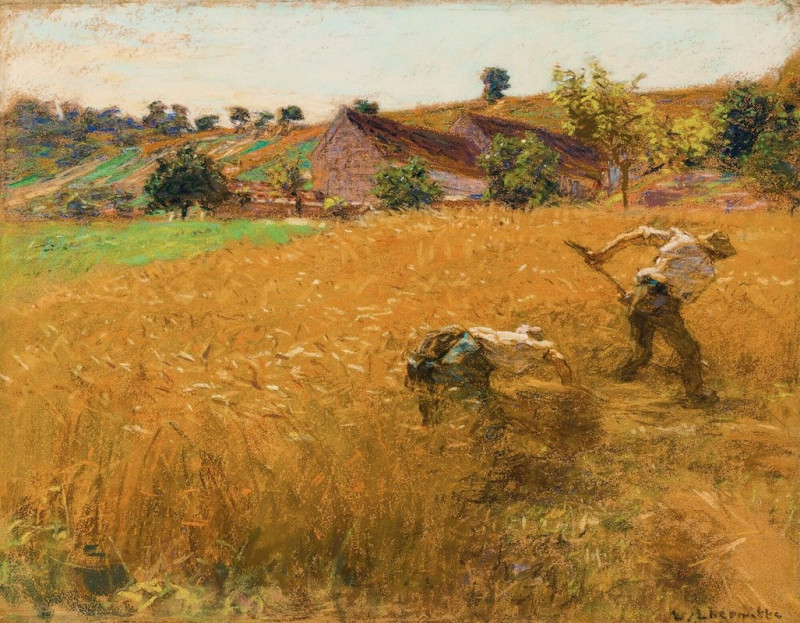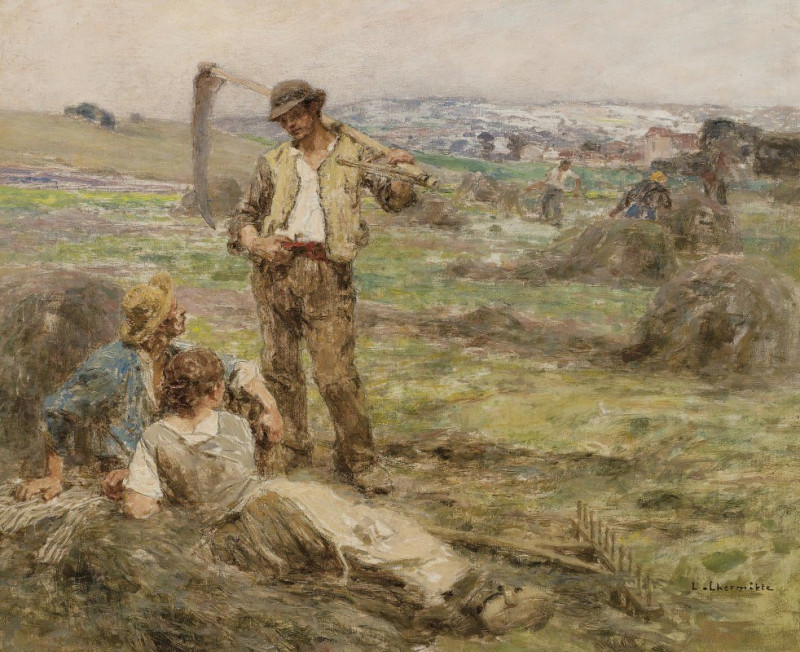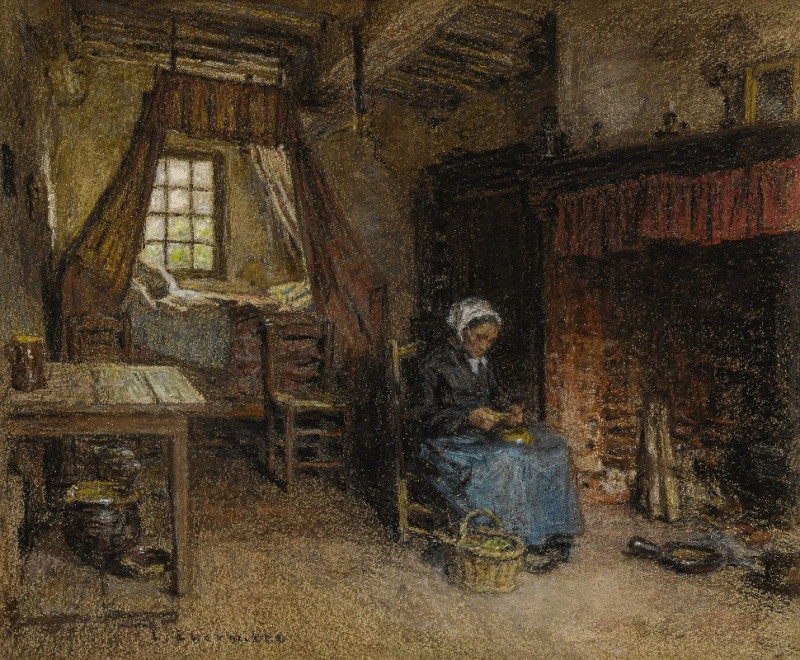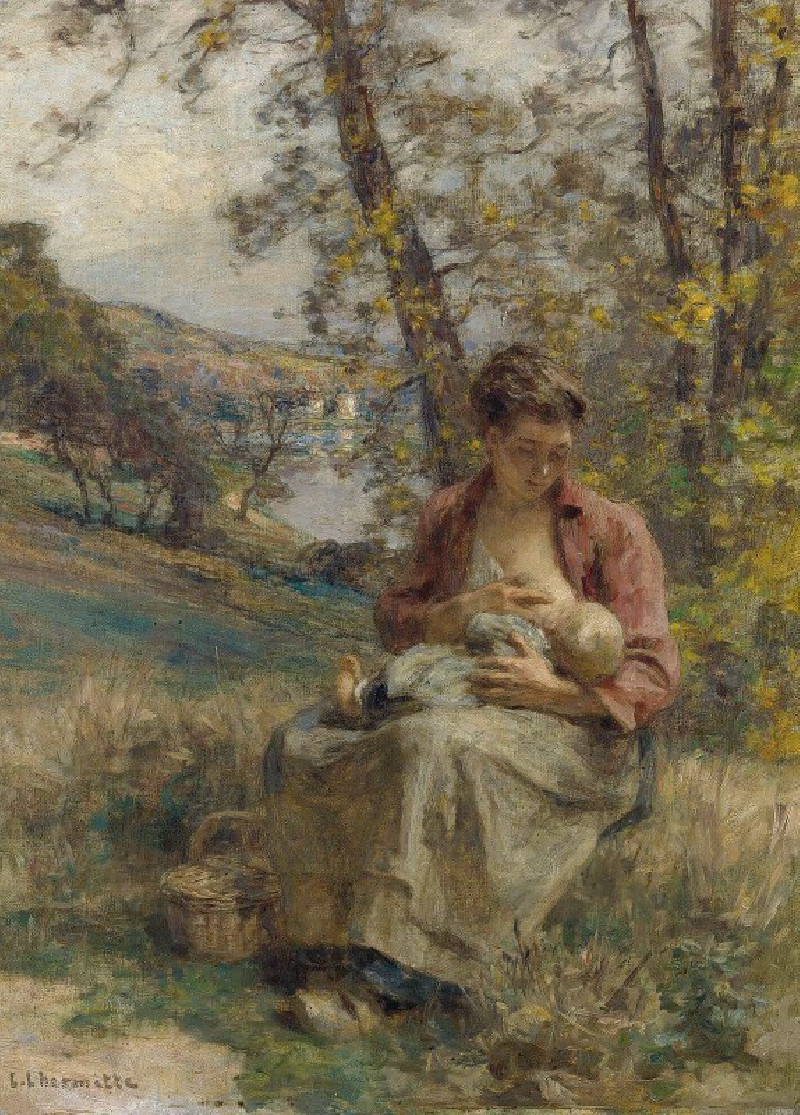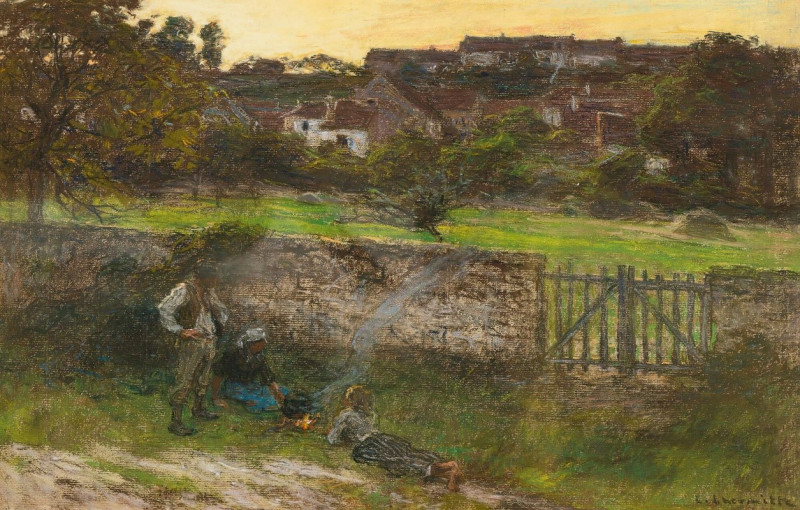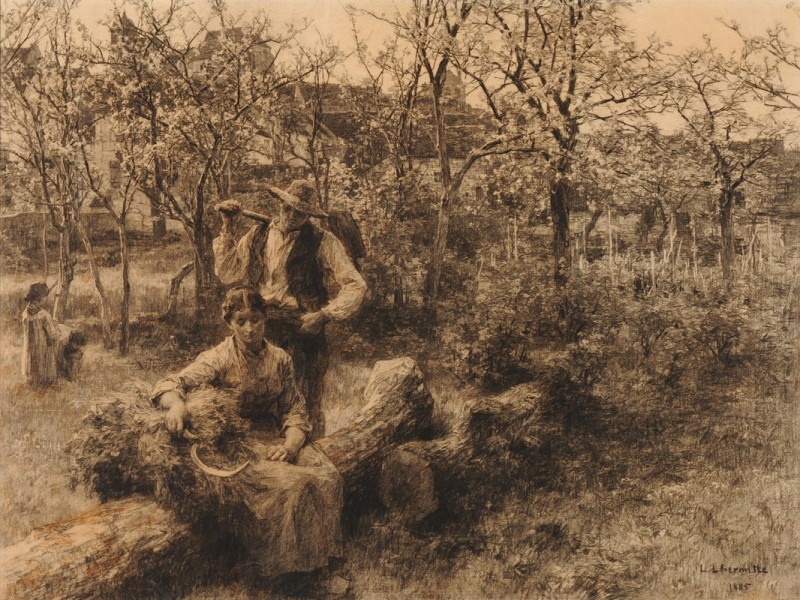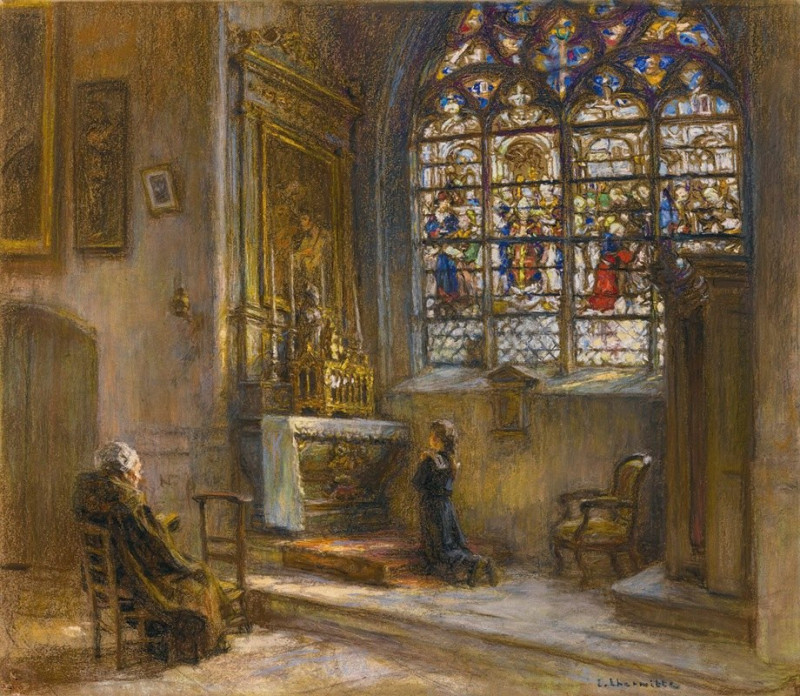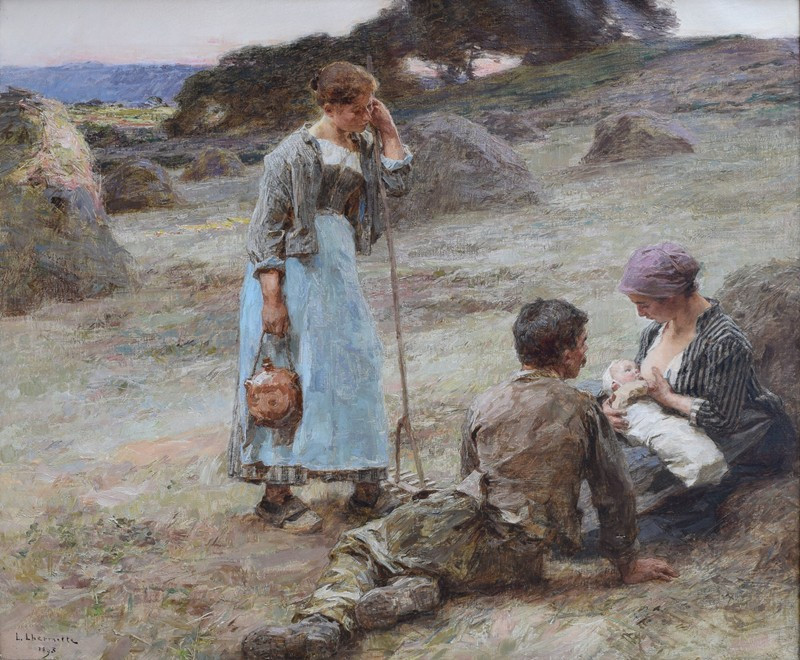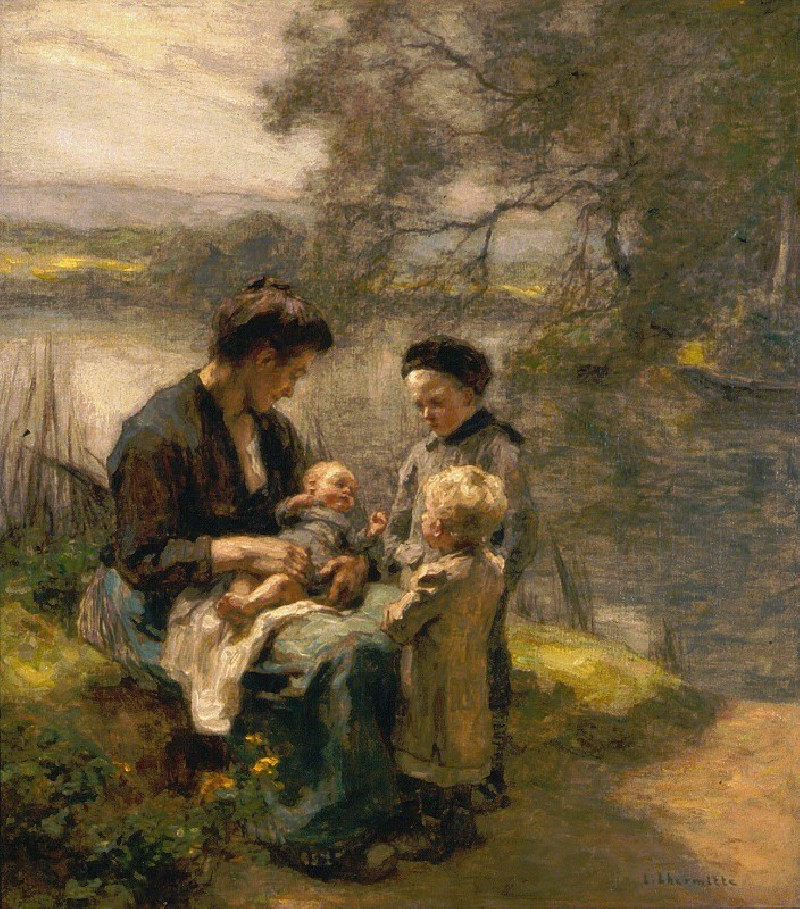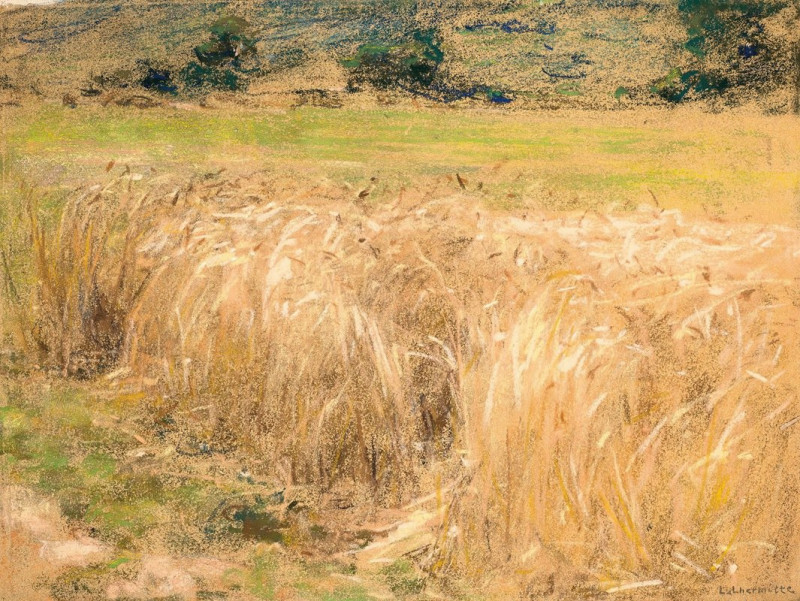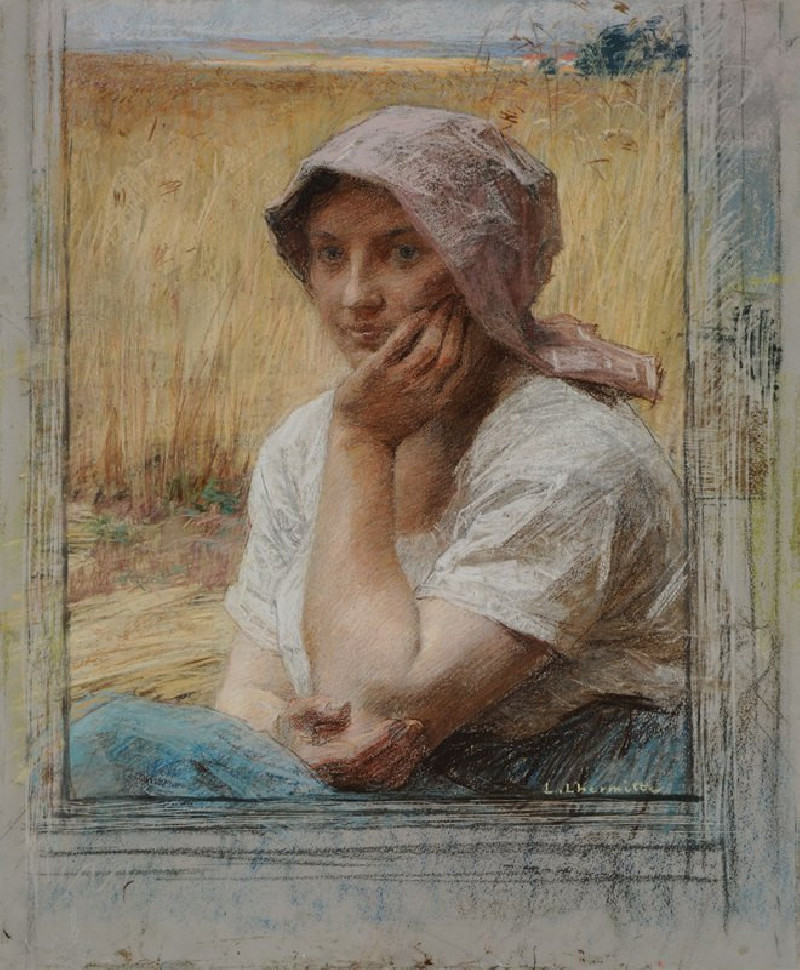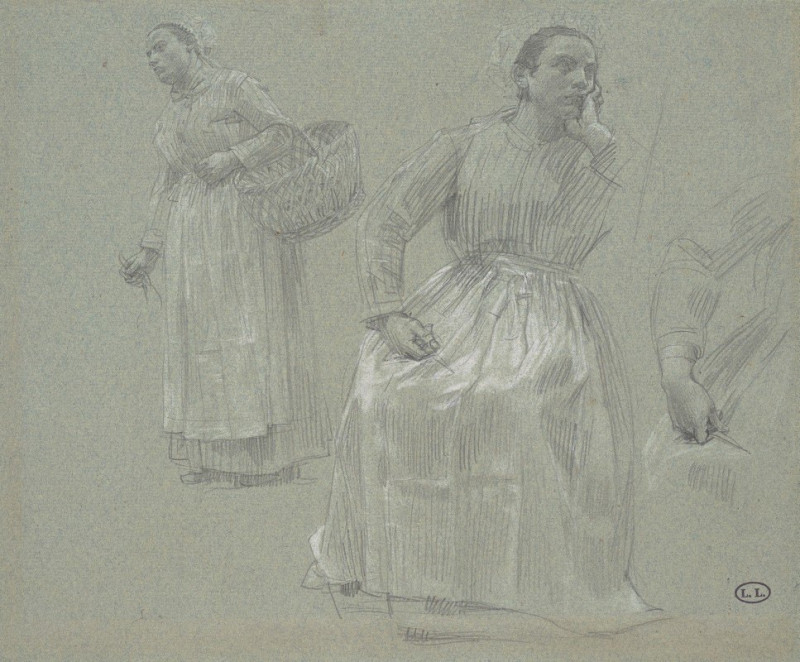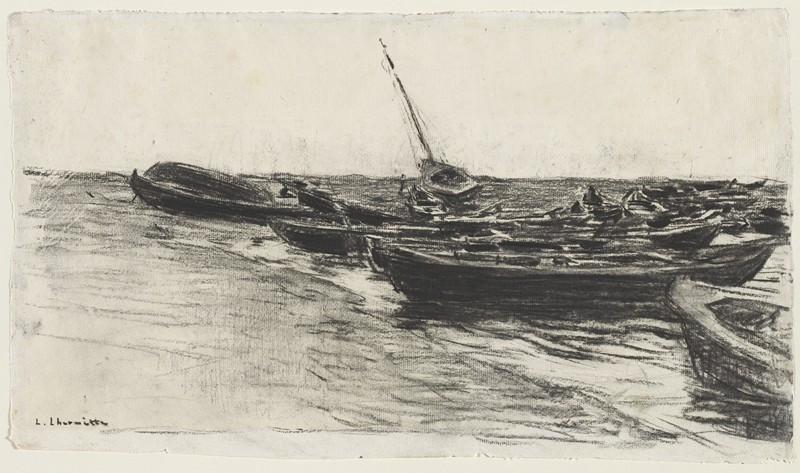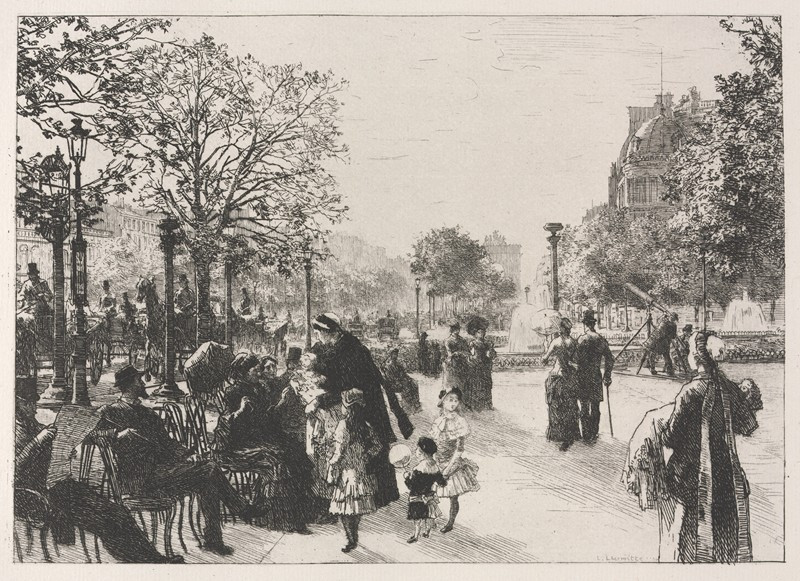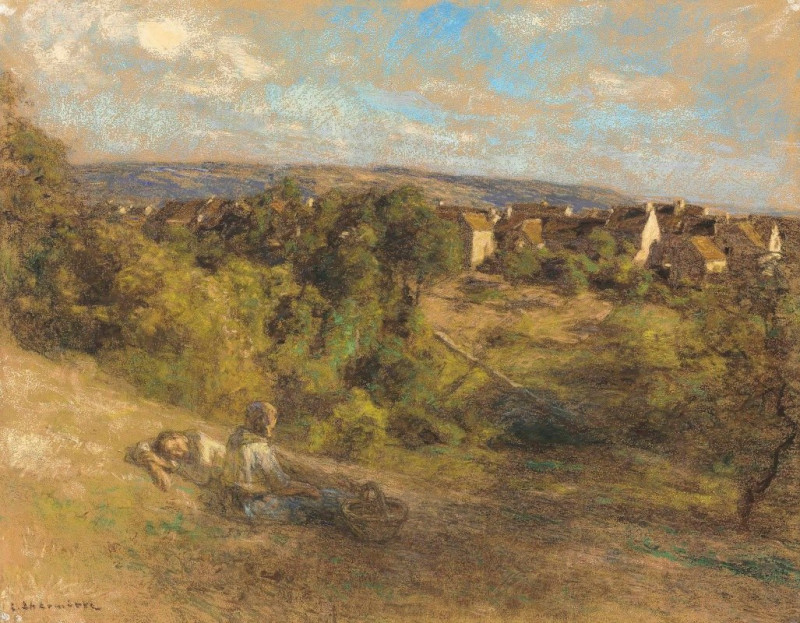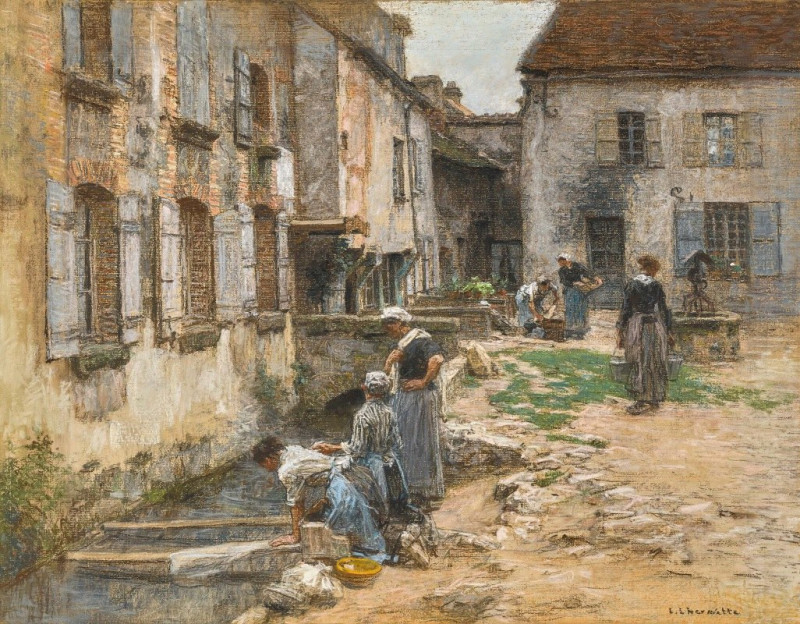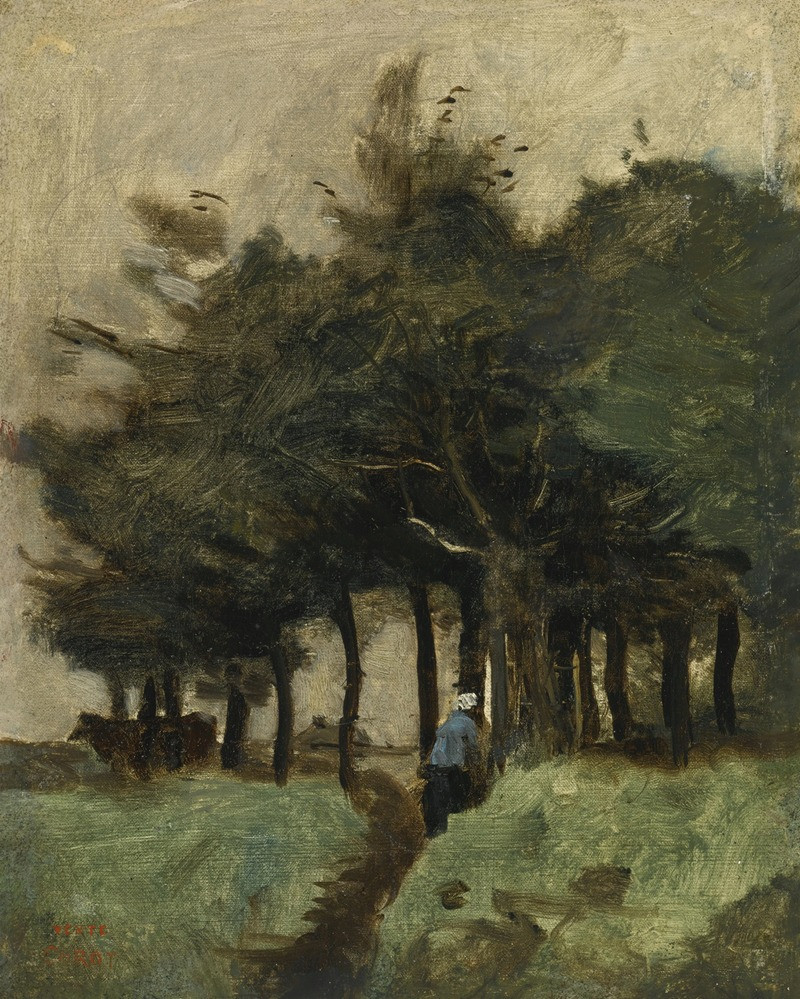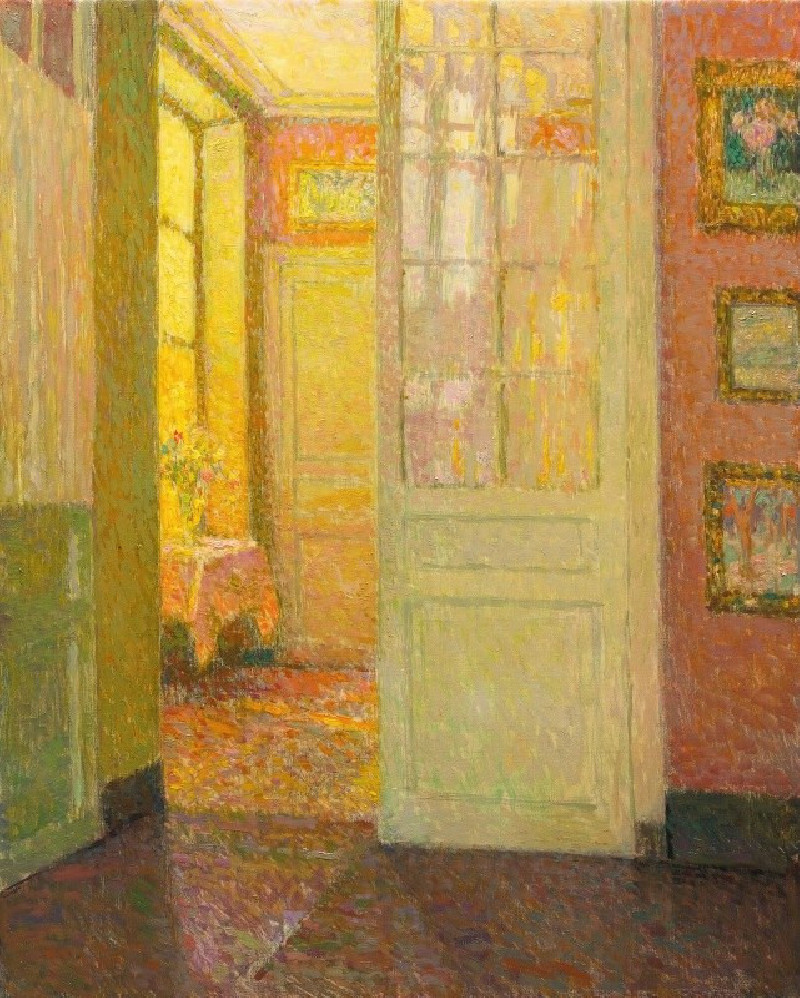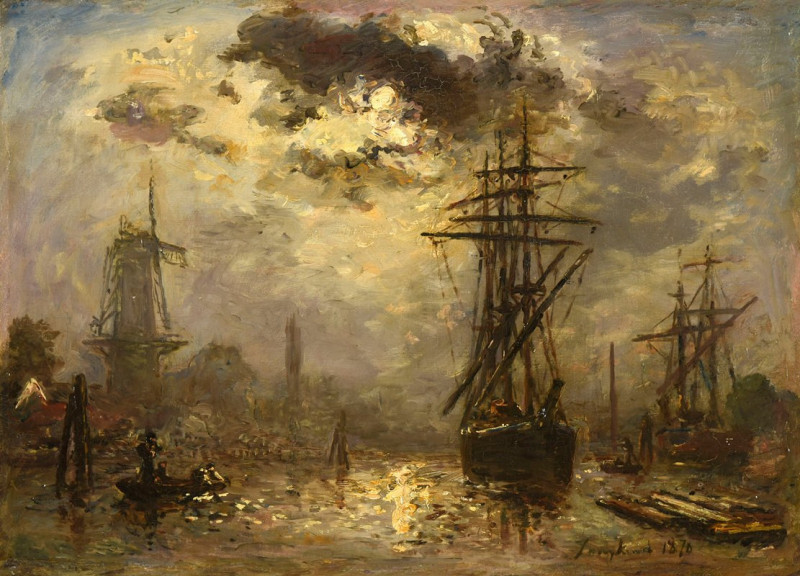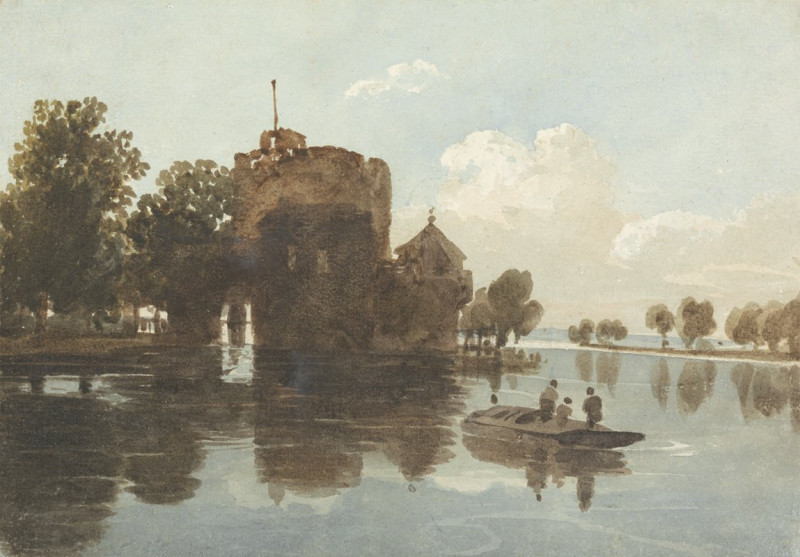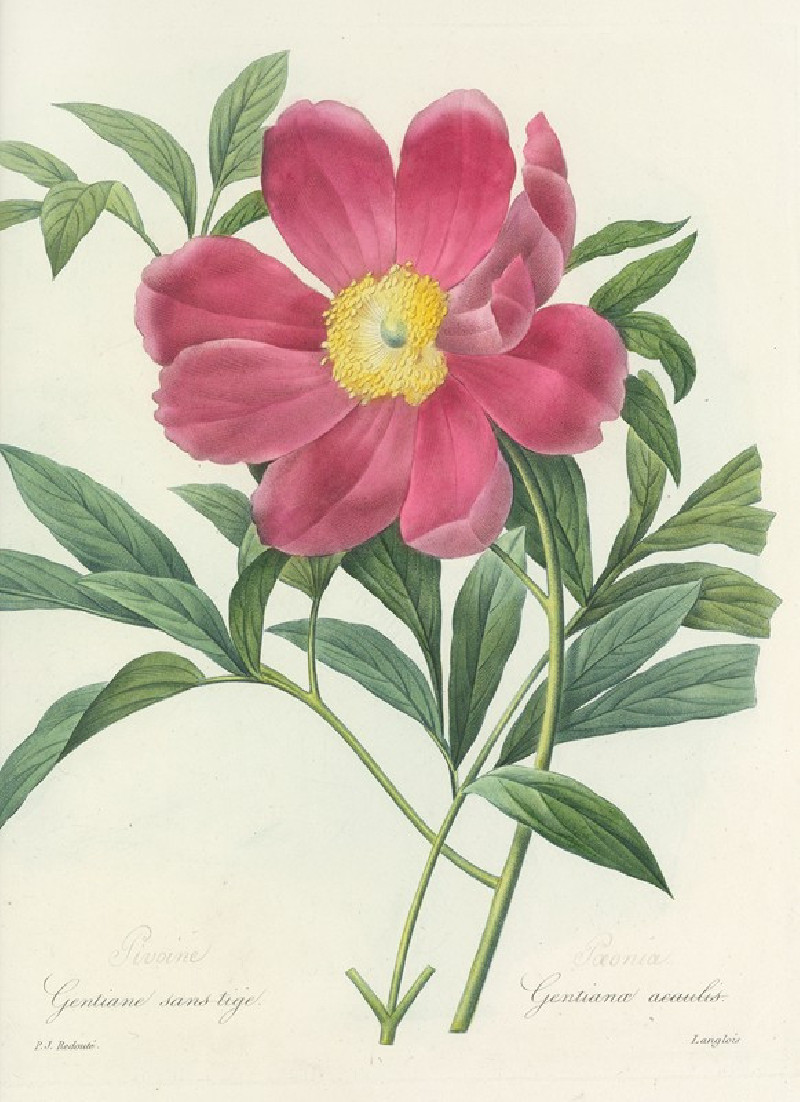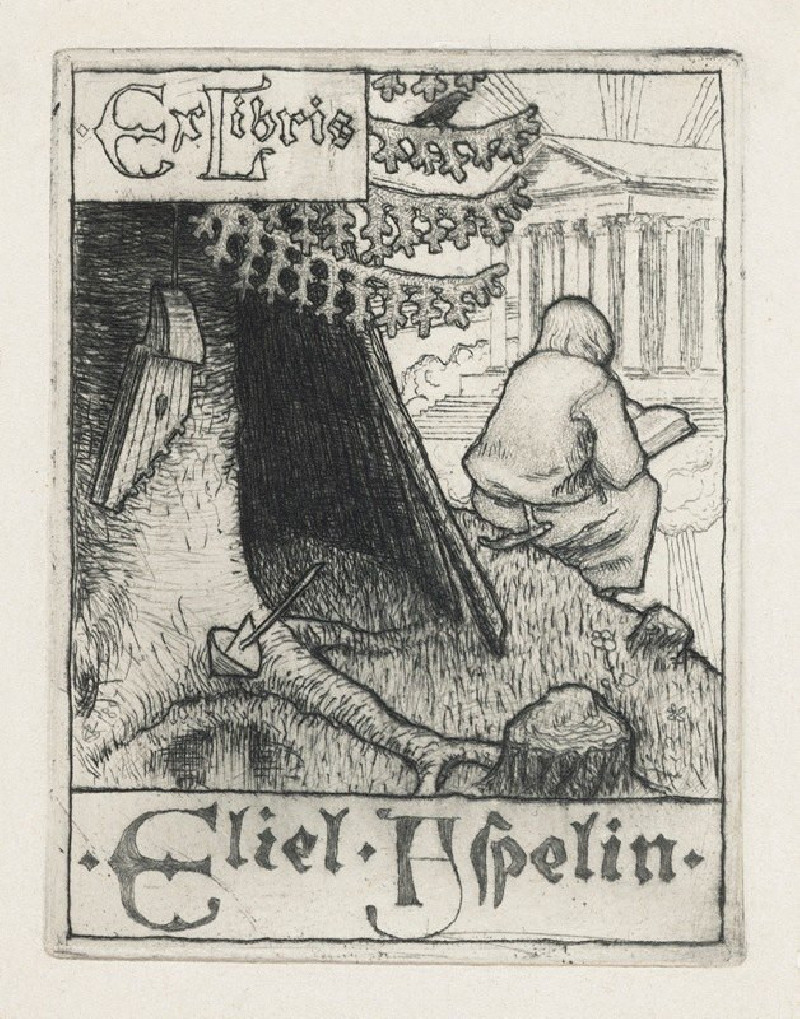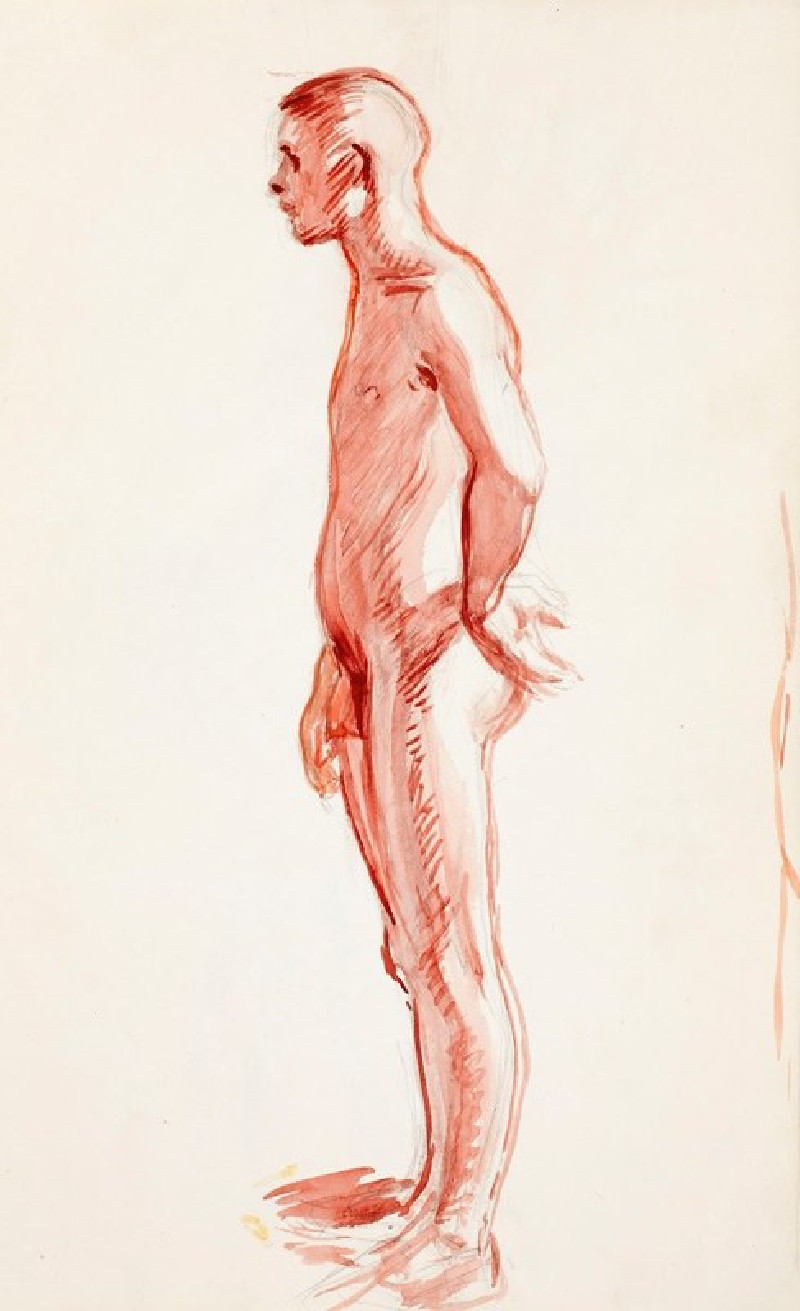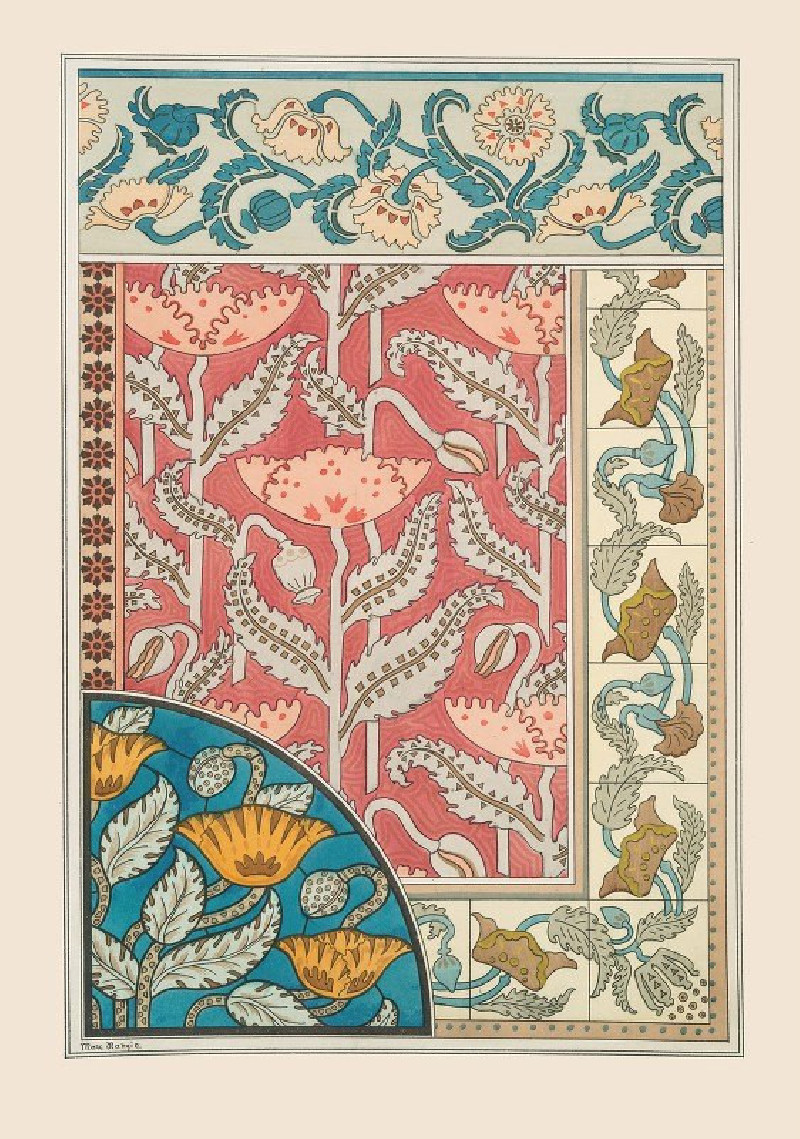Moissonneuse le soir à Mont-Saint-Père (1886)
Technique: Giclée quality print
Recommended by our customers
More about this artwork
"Moissonneuse le soir à Mont-Saint-Père" is a captivating work by the renowned French realist painter, Léon Augustin Lhermitte. Known for his profound dedication to portraying the life and labor of peasants, Lhermitte brings us a poignant moment captured during the harvest season in Mont-Saint-Père, a rustic village in France.In this painting, we see a solitary female harvester taking a moment of rest amidst the vast expanses of the field. Dressed in a simple white blouse and a blue skirt, with a scarf wrapped loosely around her head, she embodies the essence of rural life in the late 19th century. Her posture, seated and slightly leaning forward with her arms wrapped around her knees, suggests a brief pause in her physically demanding day. Her gaze is directed away from the viewer, looking towards the horizon, possibly reflecting on her day's work or enjoying a moment of tranquility.The background is a beautiful, subtly detailed landscape showcasing the undulating fields at dusk. The setting sun casts a warm glow, contrasting with the earthy tones of the harvested fields and providing a sense of depth and serenity. Lhermitte's skillful use of light accentuates the texture of the field and highlights the figure’s facial features and clothing, emphasizing the realistic details that make this painting so engaging."Moissonneuse le soir à Mont-Saint-Père" is not only a celebration of the hard work and the daily life of peasant workers but also a fine example of Lhermitte’s masterful technique and his ability to convey deep emotion and storytelling through art.
Delivery
Returns
Léon Augustin Lhermitte was a French naturalist painter and etcher whose primary subject matter was rural scenes depicting peasants at work.
He was a student of Lecoq de Boisbaudran, he gained recognition after his show in the Paris Salon in 1864.
His many awards include the French Legion of Honour (1884) and the Grand Prize at the Exposition Universelle in 1889.

